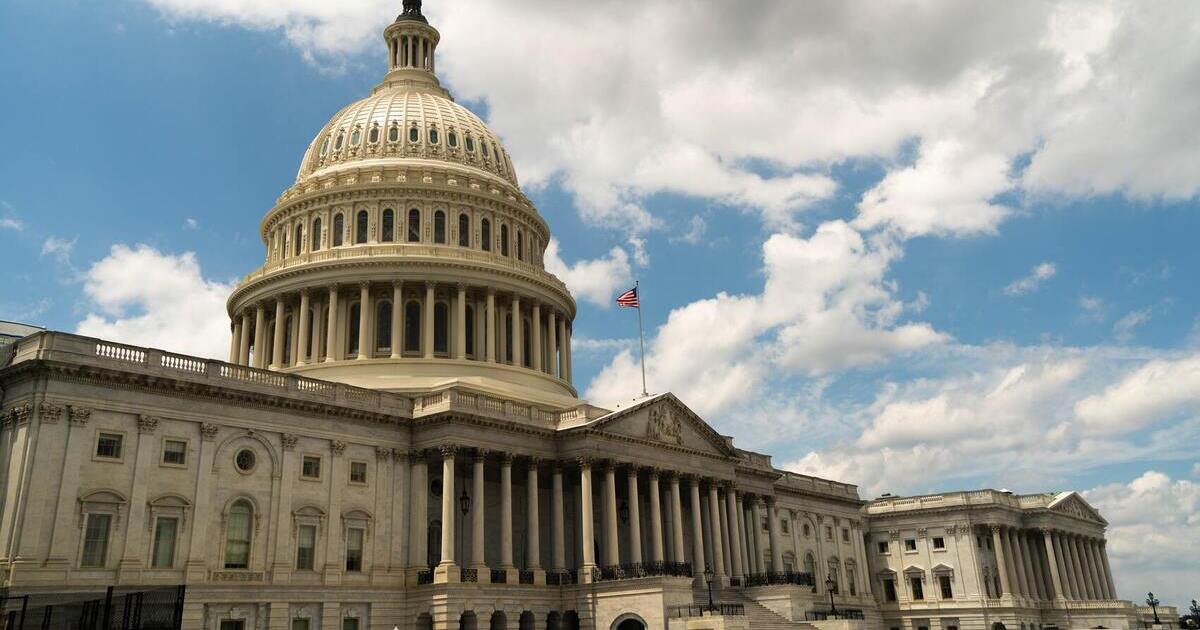Earlier this month, Republicans on the House Energy & Commerce Committee released a plan calling for major changes to the National Institutes of Health (NIH). Historically, NIH has been a rare area of bipartisanship. Other influential members of Congress, such as Health, Education, Labor and Pensions (HELP) Ranking Member Bill Cassidy (R-LA), have also called for change to the structure of NIH. No major structural legislative reforms to NIH have advanced in nearly 20 years.
The Committee is accepting feedback on the proposal. The Advocacy Council will continue to monitor the NIH proposal and will submit feedback advocating for the importance of dedicating ample research funding to the allergy specialty. Your suggestions and input would be very valuable to us as we formulate our response. Send your comments to AdvocacyCouncil@acaai.org by Aug. 1.
The report categorizes its recommendations into two main areas: structural reforms and policy reforms.
Structural Reform
The proposal suggests reducing NIH’s 27 Institutions and Centers (ICs) to 15, arguing that consolidation will eliminate unnecessary spending and bureaucracy. Another significant structural change would absorb the Advanced Research Projects Agency for Health (ARPA-H) into NIH.
Notably for the allergy/immunology specialty, the report proposes separating the National Institute of Allergy and Infectious Diseases (NIAID) into two separate ICs: The National Institute of Infectious Diseases and the National Institute on the Immune System and Arthritis. Allergy research would likely be funded by the latter.
Policy Reform
Most of the recommendations provided by the report fall into the Policy section. The Policy section is further broken into three subcategories. Below, is a non-exhaustive list of the main recommendations and themes from the Policy section:
1. Mission and Leadership Reform
- Establishing a congressionally mandated commission to conduct a comprehensive review of NIH objectives. This is designed to promote accountability within NIH to ensure a productive use of limited federal resources.
- Bolstering public-private partnerships to foster innovation. The proposal views the private sector as essential to respond to rising costs, scientific complexity, workforce training, and the time necessary to conduct cutting-edge research. The report contends that increasing collaboration between the public and private sectors will improve the research process.
- Implementing five-year term limits for IC directors, with the option for a second term upon appointment by the NIH Director. The report outlines how long each IC director has been in their position. For instance, the longest tenured IC director, Richard Hodes, has led the National Institute on Aging for 31 years. The proposal aims to draw new talent into important positions, while limiting the impact that a single person can have on an IC.
- Eliminating silos between NIH ICs. This objective would require each IC to issue a biennial report highlighting how each IC is using a life stage approach throughout its activities. This will increase transparency between ICs and perhaps even encourage collaboration.
- Enforcing financial disclosure requirements for NIH donors and partners to enhance transparency. The report is skeptical of the influence that donors and partners have in influencing research. Increasing the bar for mandatory disclosure requirements could strengthen public awareness of what occurs within NIH and who is influencing important decisions.
- Improving policies to address research misconduct. The report suggests improving processes for responsibility and accountability for actions and improving reporting mechanisms.
2. Funding Reform
- Granting Congress a more substantial role in directing NIH funding. The report recommends “repeal[ing] authorization for the Public Health Service (PHS) Evaluation Set-Aside, also known as the “PHS Evaluation Tap,” under Section 241 of the Public Health Service Act to ensure transparency and accountability in funding decisions.” This will increase Congress’s role in overseeing NIH funding and research. This could lead to the NIH shifting its objectives more frequently depending on which party is in control.
- Enhancing transparency on indirect costs to minimize waste and fraud. In line with the rest of the report, it suggests that NIH waste is high. It is asking for heightened transparency to ensure research grants go where they are intended.
3. Grant Reform
- Restricting grants to investigators with no more than three ongoing NIH engagements to promote wider distribution of funding. This is designed to ensure that a small select group does not control a disproportionate amount of NIH funding.
- Requiring reporting of grant research conducted outside the United States. This requires making public grants going to any foreign country more transparent. If implemented, this would have to be publicly displayed on the NIH website.
- Enhancing accountability measures for grantees. This requires making information on grantees more easily accessible to the public.
- Introducing national security reviews for research involving foreign governments designated as adversaries.
- Strengthening efforts to prevent conflicts of interest. This would ensure that sufficient disclosures are made by all parties involved in research from any angle.
This report establishes a foundation for potential legislative action; however, it remains uncertain whether Congress will advance these concepts into legislation. Notably, this is the most genuine NIH reform proposal we have seen in a very long time and should be taken seriously. While this report was drafted by Republicans, many of the objectives could potentially gain bipartisan support, suggesting there could be a plausible path forward.
The Advocacy Council – ADVOCATING FOR ALLERGISTS AND THEIR PATIENTS.




